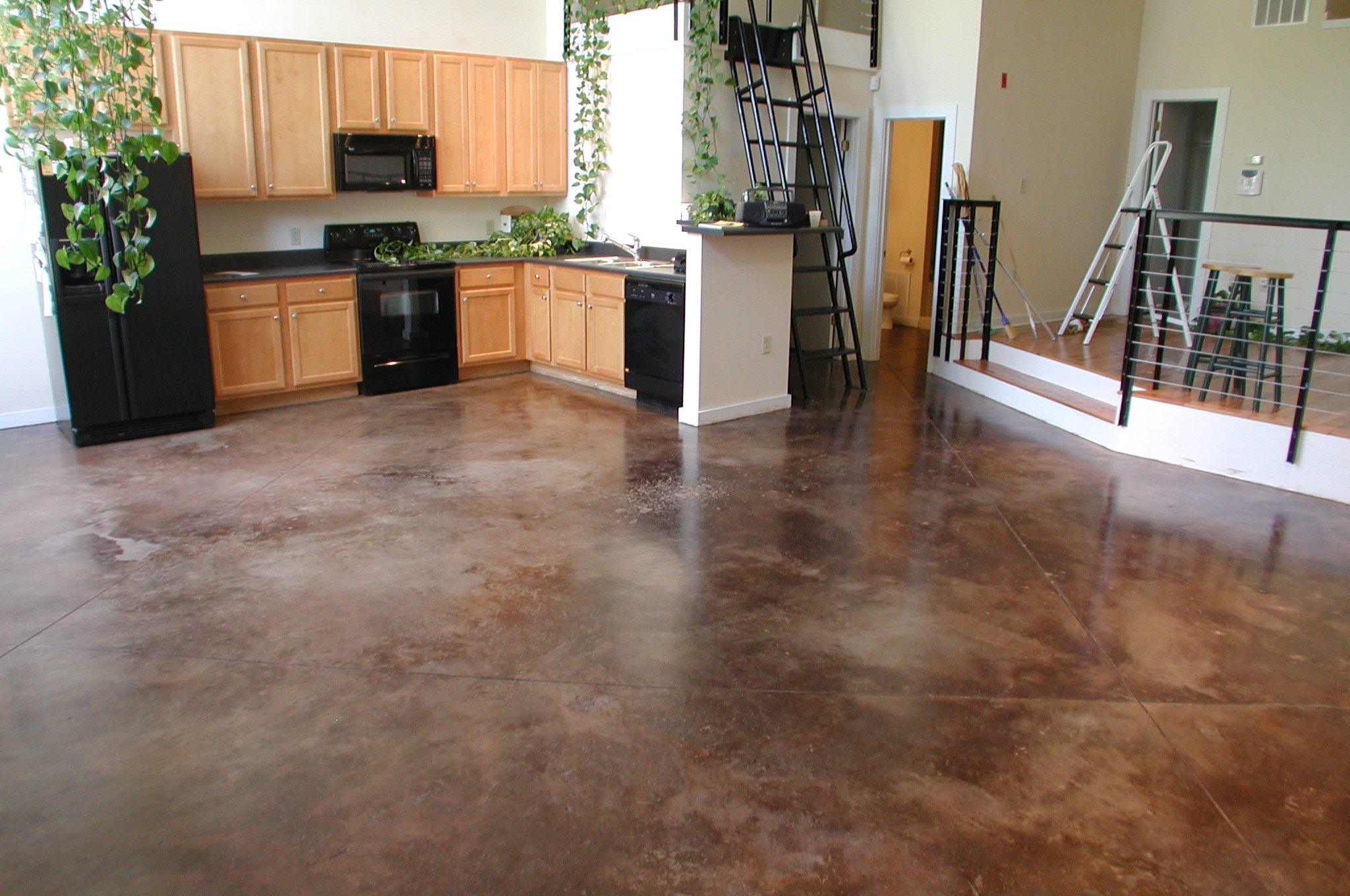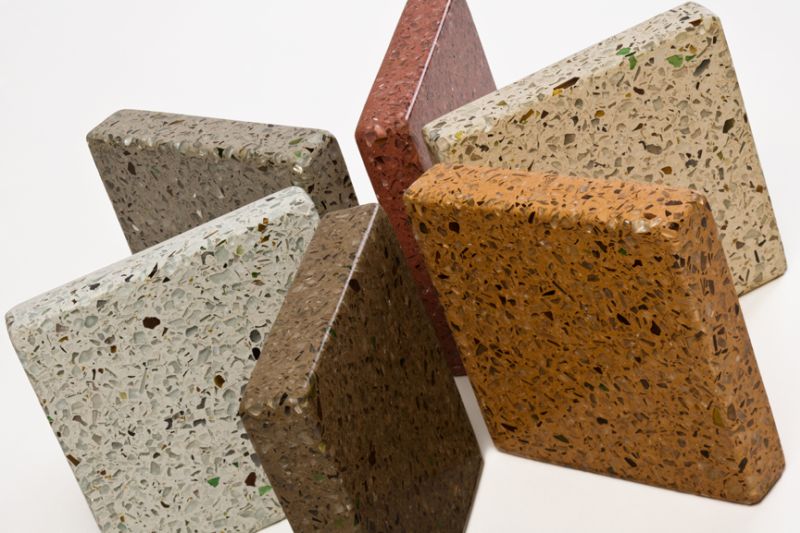

Sustainable concrete is gaining traction in construction projects worldwide. This innovative approach prioritizes environmental responsibility, promoting eco-friendliness in the construction sector. The need for eco-conscious building practices is increasing, and sustainable concrete provides a critical solution to reduce the environmental footprint of the construction industry. Many builders are struggling to meet sustainability goals. This article outlines the various types of sustainable concrete, their benefits, and the challenges in adopting them, offering a detailed overview of this crucial aspect of eco-conscious construction. The article will include detailed examples of successful sustainable concrete projects, alongside the costs and challenges involved.
Introduction to Sustainable Concrete
Defining Sustainable Concrete
Sustainable concrete is a revolutionary approach to construction materials, focusing on minimizing environmental impact throughout the entire life cycle of a building. It aims to reduce the carbon footprint associated with traditional concrete production and consumption, addressing the environmental concerns surrounding conventional practices. Sustainable concrete alternatives use innovative methods and materials, such as recycled aggregates or byproducts from industrial processes.
The Growing Need for Sustainable Solutions
The construction industry is a significant contributor to greenhouse gas emissions and resource depletion. Many organizations are implementing sustainability programs and striving to reduce their carbon footprint in their operations, including construction projects.
Sustainable Concrete as a Solution
This approach to concrete offers a powerful tool for environmental sustainability. It uses recycled or readily available materials as alternatives to traditional concrete, significantly lowering the overall environmental impact of a building project. The implementation of sustainable concrete can be integrated into existing construction processes with minimal modifications.
Structure of the Article
This article will explore different types of sustainable concrete, their benefits, and challenges. It will also address the cost-effectiveness and feasibility of adopting sustainable concrete practices.
Types of Sustainable Concrete
Fly Ash Concrete
Fly ash, a byproduct of coal combustion, is a common ingredient in sustainable concrete. Its inclusion significantly reduces the amount of clinker needed, lowering the overall carbon footprint of the concrete. Studies have shown that utilizing fly ash can decrease the CO2 emissions by 20-30% compared to traditional concrete.
Slag Concrete
Steelmaking slag, another industrial byproduct, also finds application in sustainable concrete. This material offers good strength and durability while reducing the demand for virgin materials, improving the environmental performance of the concrete.
Recycled Aggregate Concrete
Construction and demolition waste often contains aggregates that can be recycled and reused as aggregates in concrete. The use of recycled aggregates not only reduces landfill waste but also saves natural resources, cutting costs and making the final product more sustainable. Case studies demonstrate a significant reduction in embodied carbon by utilizing recycled aggregates.
Bio-Based Concrete
Bio-based concrete uses alternative binding agents, such as natural polymers, to reduce the dependence on cement. This reduces the carbon emissions associated with cement production. While research is ongoing, bio-based concrete offers the potential for a completely sustainable alternative.
Benefits of Sustainable Concrete
Reduced Environmental Impact
Sustainable concrete reduces the environmental impact by lowering CO2 emissions, conserving natural resources, and minimizing waste. This leads to a lower carbon footprint for construction projects.
Economic Viability
The long-term economic viability of sustainable concrete is a key factor. The reduction in raw material costs and potential lower maintenance requirements often offset the initial higher cost of sustainable materials.
Improved Durability
Certain sustainable concrete types can have enhanced durability over traditional concrete, reducing the need for frequent repairs and maintenance. These properties can often contribute to a longer lifecycle of the construction project.
Enhanced Sustainability of Construction Projects
Integrating sustainable concrete practices contributes to the overall sustainability of building projects, aligning with broader industry trends and consumer preferences.
Challenges in Implementing Sustainable Concrete
Cost Considerations
The initial cost of sustainable concrete may sometimes be higher than traditional concrete, requiring careful cost-benefit analysis. However, potential savings in the long run often outweigh this initial investment.
Conclusion
Sustainable concrete represents a promising pathway toward more environmentally conscious construction practices. By embracing innovative materials and manufacturing processes, we can mitigate the environmental impacts of construction projects. Sustainable concrete alternatives offer a viable solution for achieving both economic and environmental goals.
Case Studies
Project X
Project X, a recent residential development, successfully utilized recycled concrete aggregates. Cost analysis showed a 15% reduction in overall project costs compared to traditional alternatives, demonstrating the feasibility of this approach.
Project Y
Project Y, a commercial building, employed fly ash concrete. The construction team noticed significant decreases in carbon emissions and the project team observed improved material handling efficiencies.
Project Z
Project Z, a public infrastructure project, investigated incorporating bio-based concrete. They found that the project’s embodied carbon emissions reduced by a considerable margin compared to using traditional materials.
Cost-Effectiveness
Initial Costs
Although upfront costs might be higher, the long-term cost effectiveness of sustainable concrete needs careful evaluation.
Specific Considerations for Implementation
Regulations and Standards
Understanding local regulations and building codes is essential before implementing sustainable concrete in a project.
Research and Development
Future Research Areas
Further research and development are necessary to enhance and refine sustainable concrete options, including better ways to source materials and improve manufacturing processes.
Frequently Asked Questions
What are the most common types of sustainable concrete?
Sustainable concrete encompasses a variety of options, including those utilizing fly ash, slag, recycled aggregates, and bio-based admixtures. Each type offers unique advantages, and the most suitable choice depends on the specific project requirements and constraints. For example, fly ash concrete can significantly reduce carbon emissions compared to traditional concrete.
How does sustainable concrete affect cost compared to traditional concrete?
The initial cost of sustainable concrete may sometimes be higher due to the added costs of sourcing sustainable materials or implementing innovative manufacturing processes. However, the long-term cost savings can outweigh the initial investment. Sustainable practices often lead to lower maintenance costs and extended lifespan, potentially offsetting the higher upfront price. This will ultimately depend on the material used and associated costs, making detailed cost analysis vital.
What are the environmental benefits of using sustainable concrete?
Sustainable concrete significantly reduces carbon emissions throughout its lifecycle, from production to disposal. Using recycled materials and by-products decreases the demand for virgin materials, conserving natural resources. This reduces the environmental impact by minimizing waste and resource depletion, and often enhances durability and longevity.
Where can I find more information on sustainable concrete?
Numerous organizations, research institutions, and government agencies offer resources and information on sustainable concrete. Look into specific guidelines and regulations, including local building codes or standards, for comprehensive information. Check university research or industry websites to dive deeper into specific technologies and case studies.
In conclusion, sustainable concrete offers a compelling solution for environmentally conscious construction projects. By embracing innovative materials and manufacturing processes, we can reduce the environmental footprint of concrete and contribute to a greener future. This article has explored various sustainable concrete options, highlighting the benefits and challenges involved. Moving forward, further research and investment in sustainable concrete technologies are crucial to drive widespread adoption and pave the way for a more eco-friendly construction industry. Contact a reputable sustainable construction company for advice on your next project.